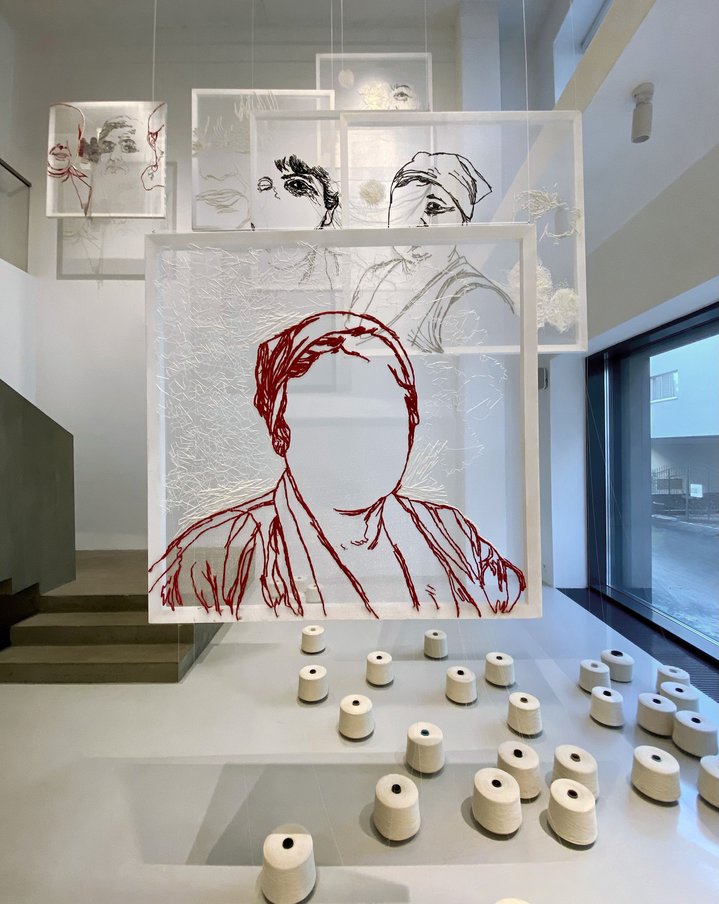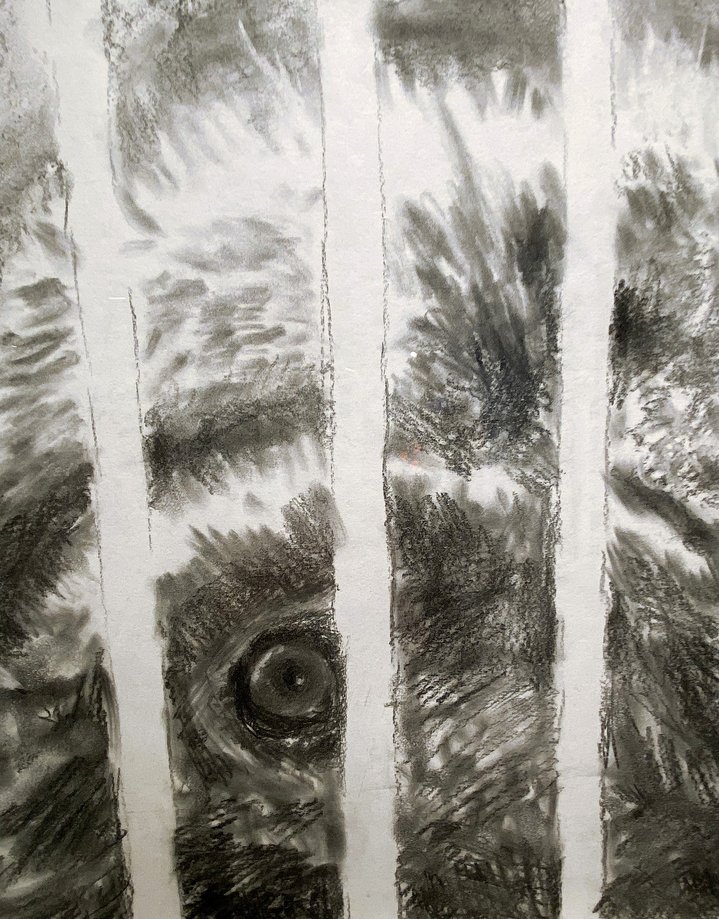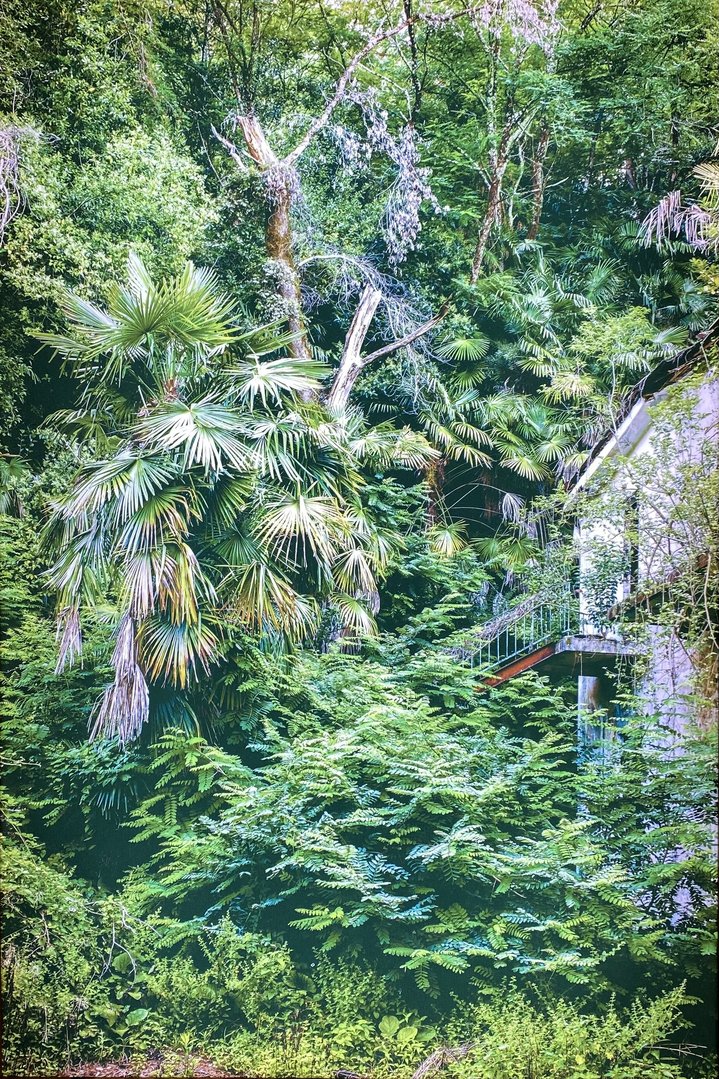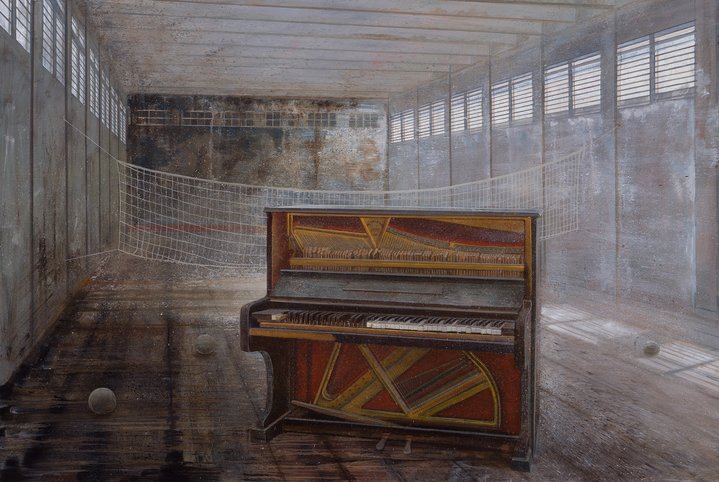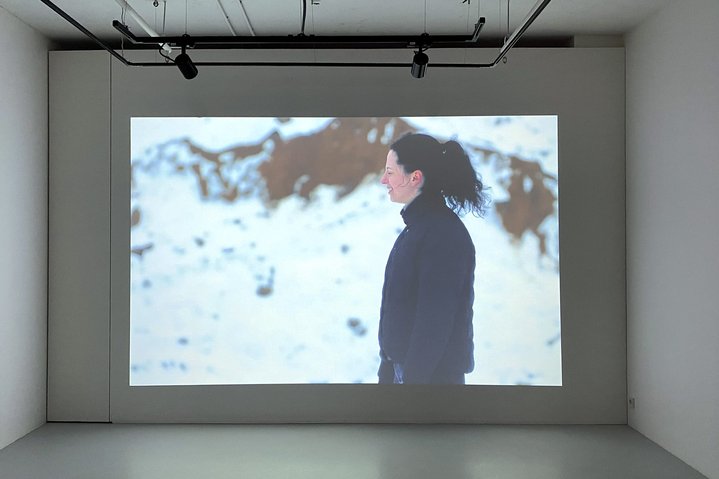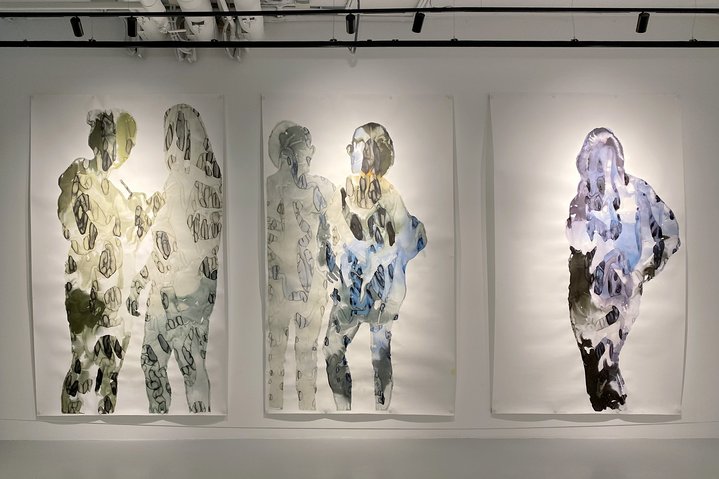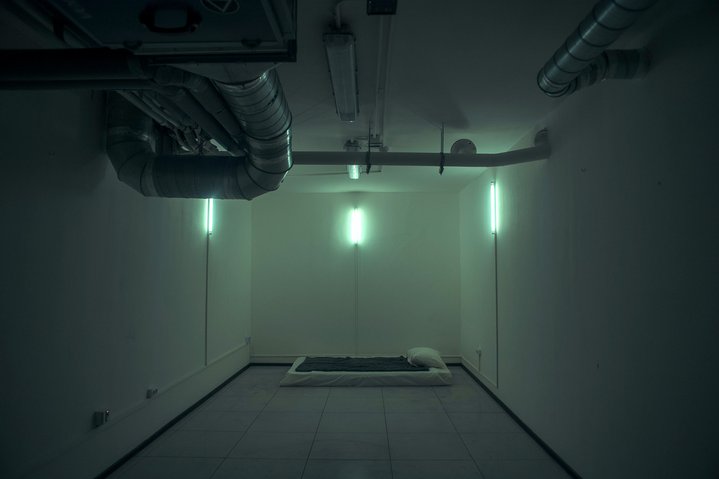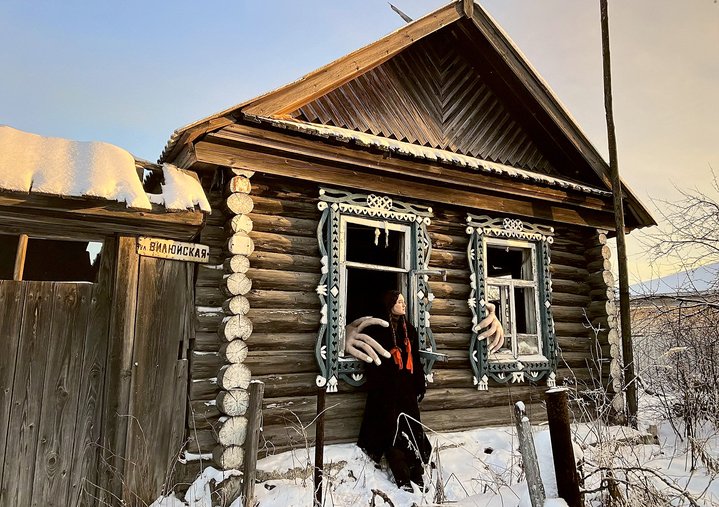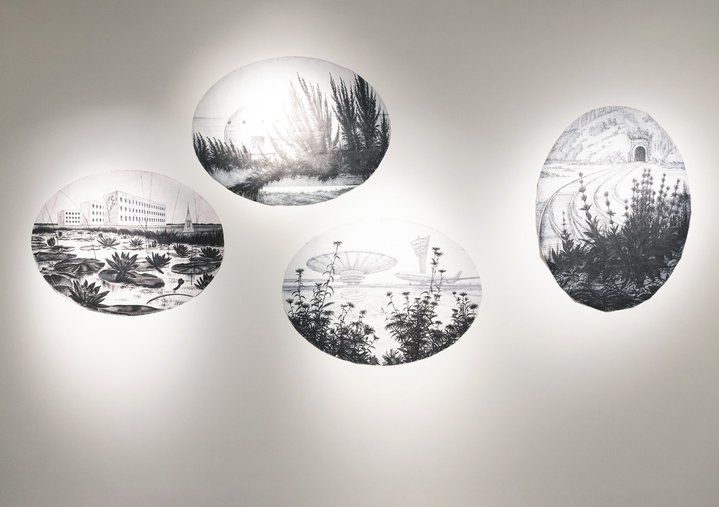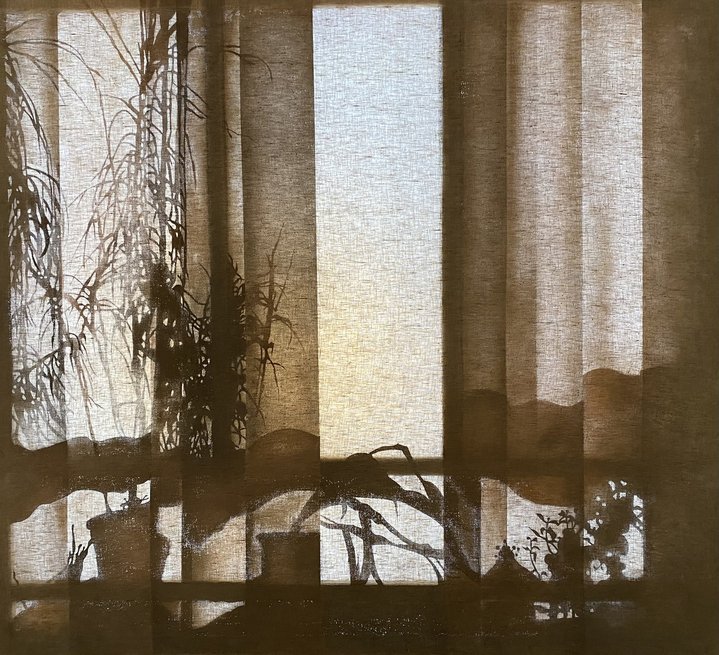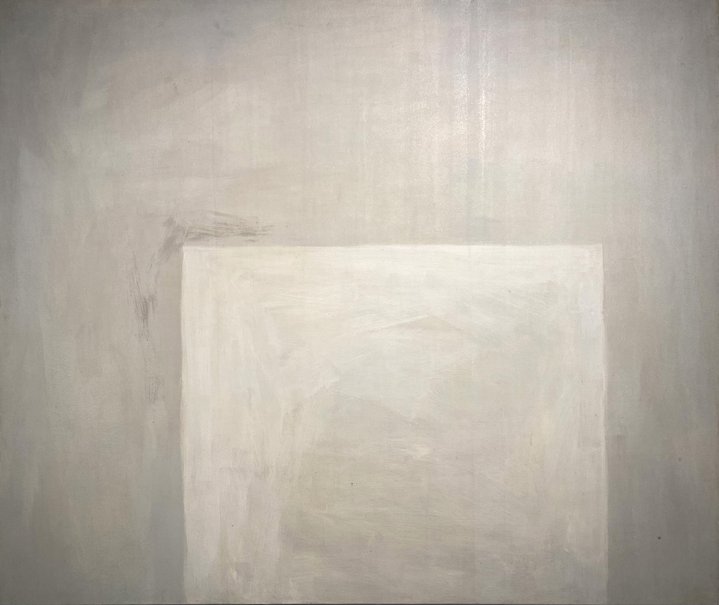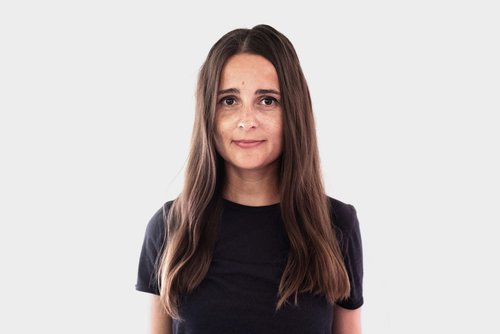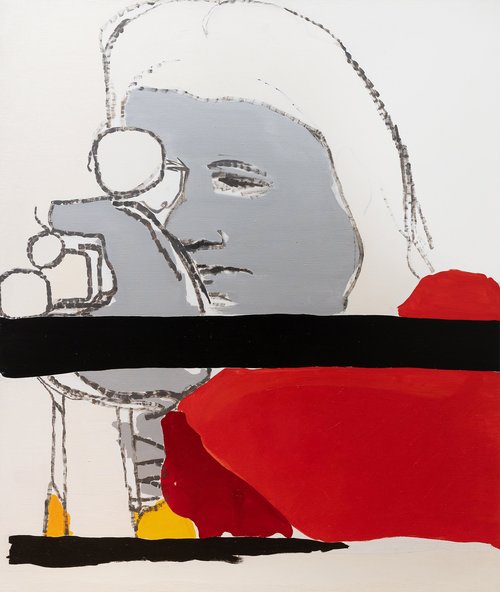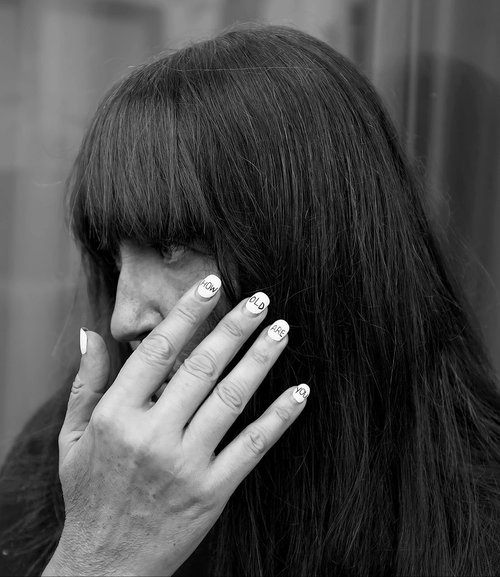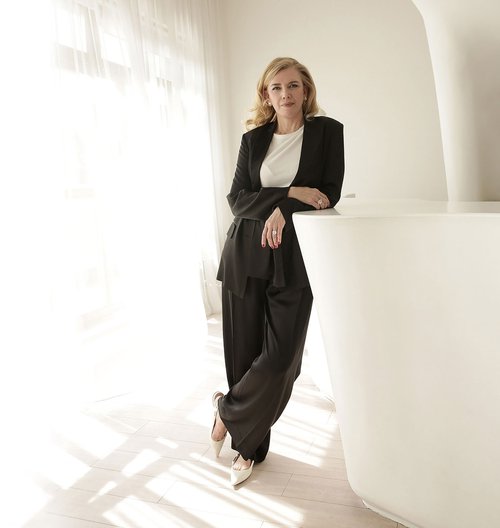Female artists looking into the void
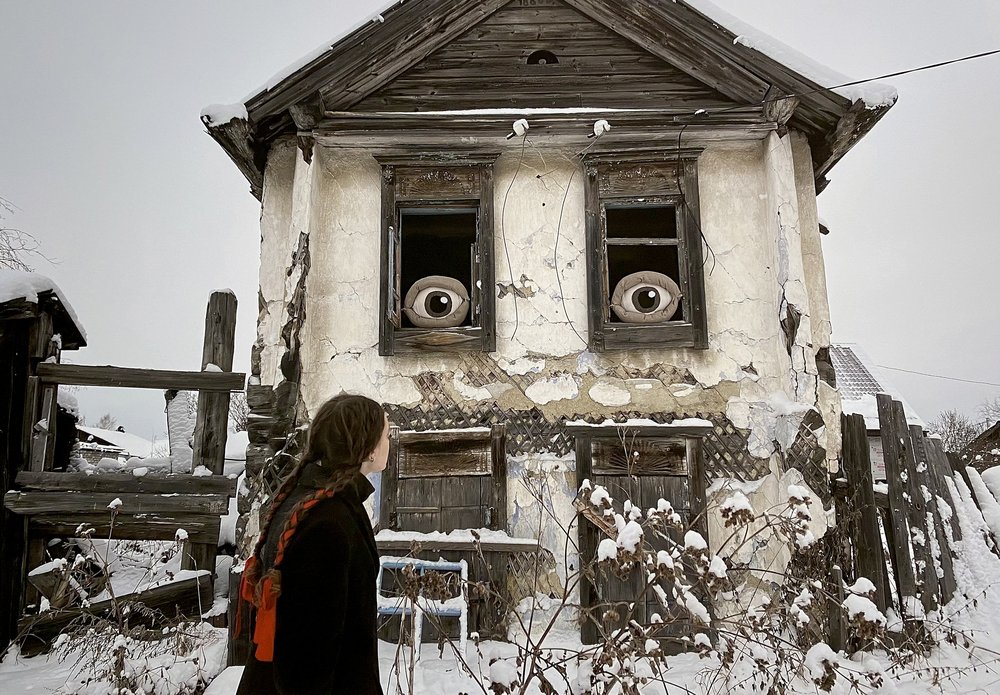
Alisa Gorshenina. From the series 'What is and what is not', 2022. Foamboard, digital printing. Courtesy of the artist
The Ruarts Foundation in Moscow has gathered together the works of twenty-six female artists in the search for new dimensions of emptiness.
Since its opening in 2021, the Ruarts Foundation has managed to assert itself among the best of Moscow’s private art initiatives for its relevant, large-scale thematic exhibitions of contemporary art. ‘Soft Homeland’, was the first such exhibition which inaugurated the new venue, followed by ‘True Ly’, ‘Escape!’. These large group exhibitions curated around a single theme are successful in part because of the diversity of the Foundation's own collection assembled by art entrepreneur Marianna Sardarova, and secondly, due to the characteristics of the space itself. There are three exhibition floors with a comfortable and versatile configuration of display halls. The cream is its spacious atrium promising a spectacular start to any exhibition.
‘The Great Void’, is their current themed, group show curated by Anna Zhurba, and essentially it’s about the ways in which women find meaning in emptiness. It is of course not only contemporary art where the feminine is being rediscovered: the whole history of twentieth century art, architecture, design and illustration is being re-examined to write in women’s real contributions and set the record straight. Today, however, among the wealth of exhibitions which have a gender focus, the curatorial scope reaches deeper than simply writing women into the script. There is a new tendency for inventiveness, a deeper reach beyond just a gender agenda.
In her treatment of the void, Anna Zhurba extracts much that is ‘psychoanalytical and therapeutic’, and the exhibition refers to both the title of Paolo Sorrentino's film ‘The Great Beauty’ and the book ‘A Philosophy of Emptiness’ by British writer Gay Watson, which traces the influence of Buddhism on psychology and contemporary intellectual practices. In addition, the current social mood, where much seems to have become meaningless, is consonant with emptiness. ‘The physical and existential experience of emptiness has been cranked to the max. Today we are speaking about emptiness from its epicentre’, says the curator.
And so the void is inhabited by female artists of different generations: works by Irina Nakhova (b.1955), Aidan Salakhova (b.1964), Natalia Turnova (b.1957) and Olga Tobreluts (b.1970) rub shoulders with works by a whole group of young artists from Victoria Mukhonko (b.1990) to Mayana Nasybullova (b. 1989). The show spans a variety of techniques and aesthetic convictions, including painting, objects, video, grottoes, photography, and audio-installations. Memory researchers such as Vita Buivid (b. 1962) here represented by the two dresses (her mother's and her own) from her 2013 ‘Material evidence’ project, is exhibited alongside Taus Makhacheva (b. 1983) 2010 ‘Bullet’ in which women's hands cock the triggers of guns. They shoot aimlessly into the ground and excavate the soil in search of bullets that have been fired.
Of course, there is a touch of resentment present in ‘The Great Void’ as in the history of the nation. This is evidenced in the light boxes of Anastasia Tsayder's (b.1983) ‘Arcadia’, 2020, depicting Soviet buildings buried in lush vegetation or the abandoned school interiors of Maria Safronova (b.1979) from the series ‘Rooms’, 2018. Civil protest is marked by the steel ‘Fences’, 2017 by Angelina Merenkova ( b. 1988), on the one hand painfully familiar from protest rallies, on the other, in all the fences forms are distorted. Fences play a constant refrain in the exhibition, displayed at the entrance to each floor. And there are many other grids in the exhibition, animals looking through them in drawings by Olga Chernysheva (b.1962), and the empty cages in the installation ‘Morning Choir’, 2018–2022 by Katya Isayeva (b. 1980).
There is more than a hint of Russian semi-fictional surrealism in ‘The Great Void’. It comes through in the oilcloth drawings of Taisia Korotkova (b. 1980), works such as ‘Dark forest, fairy helpers’, ‘Chornoblnik’ or ‘Odolen Grass’,and in the staged photographs of Alisa Gorshenina (b. 1994), made in front of wooden huts in a village in the Urals in ‘What is and is not’, 2022. In both of these series, postmodern stories are coloured by personal intonations with a lot of fantasy.
The show is built on subtle vibrations and implicit meanings with its own logic and drama. Women observe, remember, criticise and denounce. There is no shortage of gender reflections on men, who are prone to repression and violence, expressed in a variety of ways. Irina Petrakova (b. 1980) together with Dmitry Skopintsev created the audio-installation ‘Knowing this is my lot’, 2022, especially for the show. Famous female arias and romances, written by male composers, are performed by men and young people, all of them non-professional singers. The artists find a constructed, artificial language of suffering, imposed on women by men in these traditional musical works. Another example of women's reflection on masculinity is the object ‘Him’ from Natalia Turnova's ‘Aggression’ series, 2004. It is a dangerous and confusing construction made up of metal and wires with red lights burning as an image of aggression that constantly flares up in men.
Ever since Virginia Woolf made her famous assertation, women have wanted their own space and time for self-realisation, silence and concentration. In Olga Kroytor's (b.1986) series of photographs, ‘The Unnecessary’, 2015–2019 we see monochrome shots with surrealistic domestic objects hovering in space: a hat, a briefcase, a newspaper. These are the two lightboxes by Anna Lapshinova (b. 1996) from the series ‘Home’, 2021, which evoke the experience of pandemic solitude and the slowed down passing of time. Semi-abstract paintings by Alexandra Paperno (b. 1978) from the ‘Walls’ series are particularly atmospheric: "There was a piano here. A carpet hung on the wall there" Yet the piano and carpet have both been removed, leaving only patches of discolouration on the wall. The technique she employs is defined by the traces of things over time.
Anna Zhurba reminds us that for years women's emancipation has been interpreted as 'gaining visibility and a voice in the social field'. What this reclaimed voice actually might be is the cry of artist Liza Bobkova (b.1987), heard from a pit in the middle of a deserted snow-covered landscape in her video ‘I am here’, 2021. Ekaterina Muromtseva's (b.1990) signature large-format human figures in watercolour on paper, from the series ‘How to Become Invisible’, 2020, have a powerful effect as figures emerging from nothingness. The whole exhibition starts and finishes in the atrium with a series of embroidered portraits of ‘moiras’, weavers from the series by Tanya Akhmetgalieva (b. 1983). They weave cloth as though weaving threads of destiny, the features on their faces emerge from the chaos and they preserve the energy of the hands of a skilled embroiderer.
French philosopher Jean Baudrillard argued that the feminine is inherently indistinguishable from the superficial and the profound. The exhibition ‘The Great Void’ tests the ability of female creators to understand the emptiness, to conceptualise it artistically, to inhabit it with images, and to fill it with voices and messages. To inhabit it, to speak to it, and to counteract it with something. To make something emerge from nothing.






